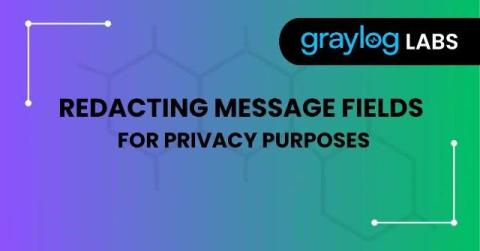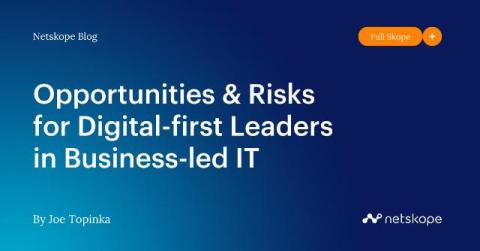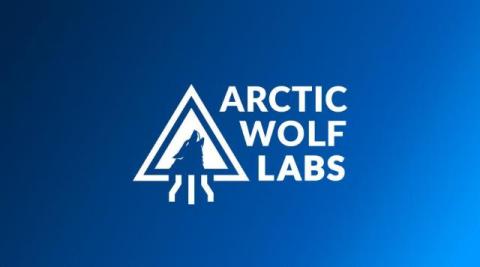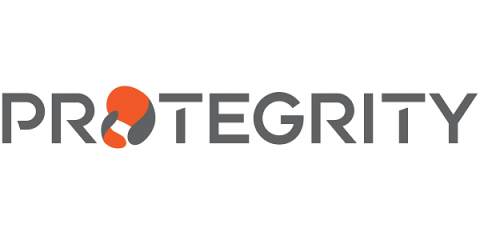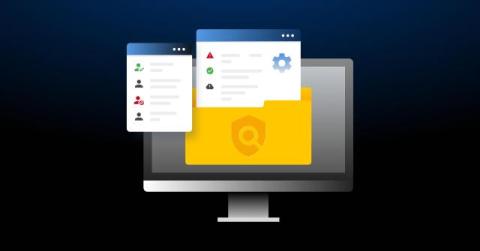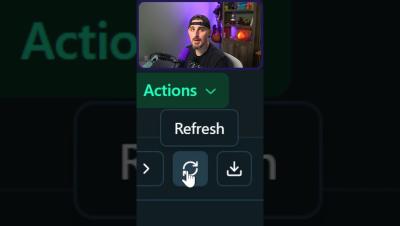Security | Threat Detection | Cyberattacks | DevSecOps | Compliance
%term
The Problem with Vendor-Driven Certification Schemes
Are vendors driving cybersecurity certifications for profit? Learn why schemes like DORA can mislead organisations into relying on products rather than strategy.
7 Key Factors to Consider When Choosing a Modern PAM Solution in 2025
In 2025, global cybersecurity trends like the rise of Zero Trust, tightening data privacy and AI regulations and growing concerns over cloud security will only accelerate. Each of these evolving forces will also shift paradigms for the privileged access management (PAM) programs charged with safeguarding IT, cloud ops and third-party vendor users as they perform high-risk operations.
Redacting Message Fields for Privacy Purposes
Many organizations today have strict data privacy regulations that they must comply with. These privacy regulations can often clash with the requirements of security, application and operations teams who need detailed log information. This how to guide walks you through redacting message fields for privacy purposes. At Graylog, many of the organizations who use our tool are logging sensitive data that may contain personally identifiable information, health related data or financial data.
Opportunities & Risks for Digital-first Leaders in Business-led IT
In the digital era, the ability to adopt and integrate technology quickly has become a key driver of business success. Technology decisions are increasingly being made outside IT organizations as cloud-based tools, SaaS platforms, and low-code/no-code solutions become more accessible. Known as business-led IT, this trend democratizes technology, empowering business leaders to innovate independently.
Console Chaos: A Campaign Targeting Publicly Exposed Management Interfaces on Fortinet FortiGate Firewalls
In early December, Arctic Wolf Labs began observing a campaign involving suspicious activity on Fortinet FortiGate firewall devices. By gaining access to management interfaces on affected firewalls, threat actors were able to alter firewall configurations. In compromised environments, threat actors were observed extracting credentials using DCSync.
The U.S. Cyber Trust Mark: A Shield for Your Smart Life
Let’s be real: your “smart” devices might be the dumbest thing in your house when it comes to your data protection and security. That baby monitor? Hackable. Your home camera? Vulnerable. Even your voice assistant could be spilling secrets you didn’t know it heard. And what about your home router, the nerve center of your connected devices? It’s often an overlooked Achilles’ heel in home security.
What Is an Audit Trail? Importance and Steps To Implement It
An audit trail, also known as an audit log, records actions and operations within an organization’s system in great chronological detail. Audit trails can be used in various ways; specifically, in cybersecurity, they identify security violations by detecting who accessed data, what changes were made and when an action occurred.
General Data Protection Regulation (GDPR) Compliance: An Advanced Guide
The General Data Protection Regulation (GDPR) is a pivotal framework that governs data protection and privacy for individuals within the European Union (EU). Its implications are far-reaching, affecting organizations worldwide that handle EU citizens' data. Understanding and achieving GDPR compliance is essential to avoid substantial penalties and to maintain trust with customers.





